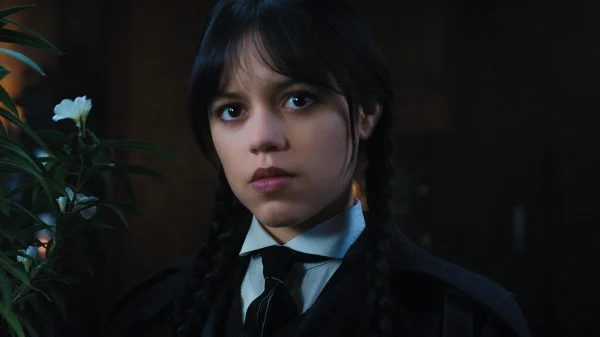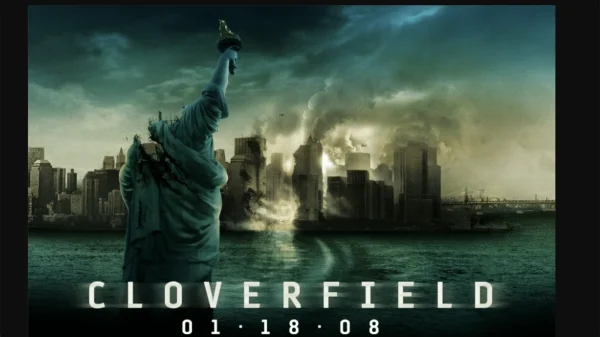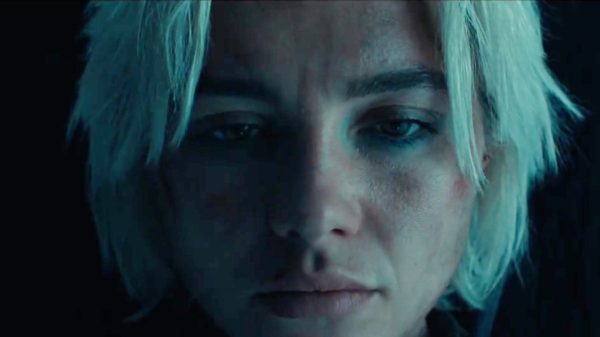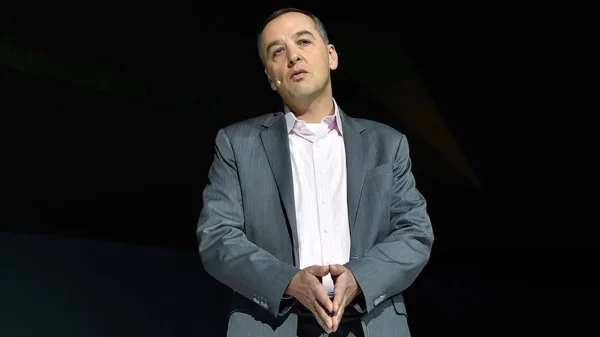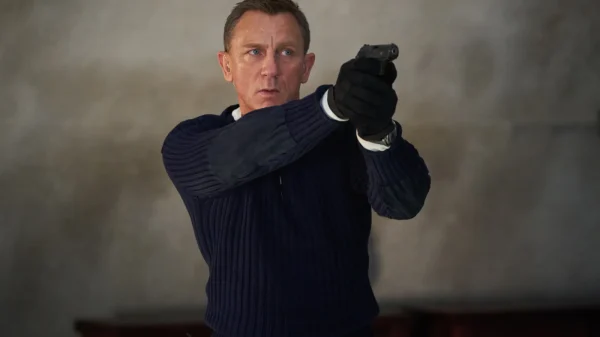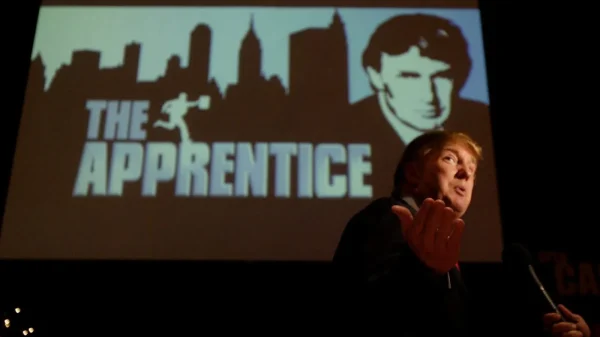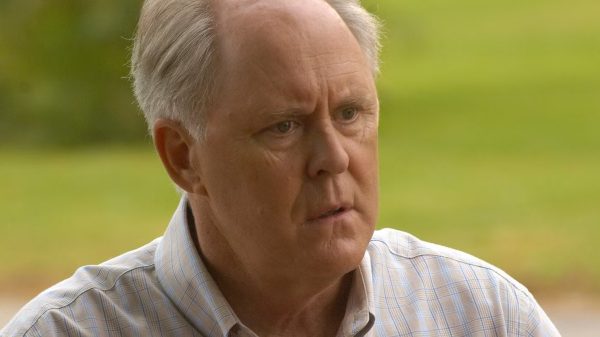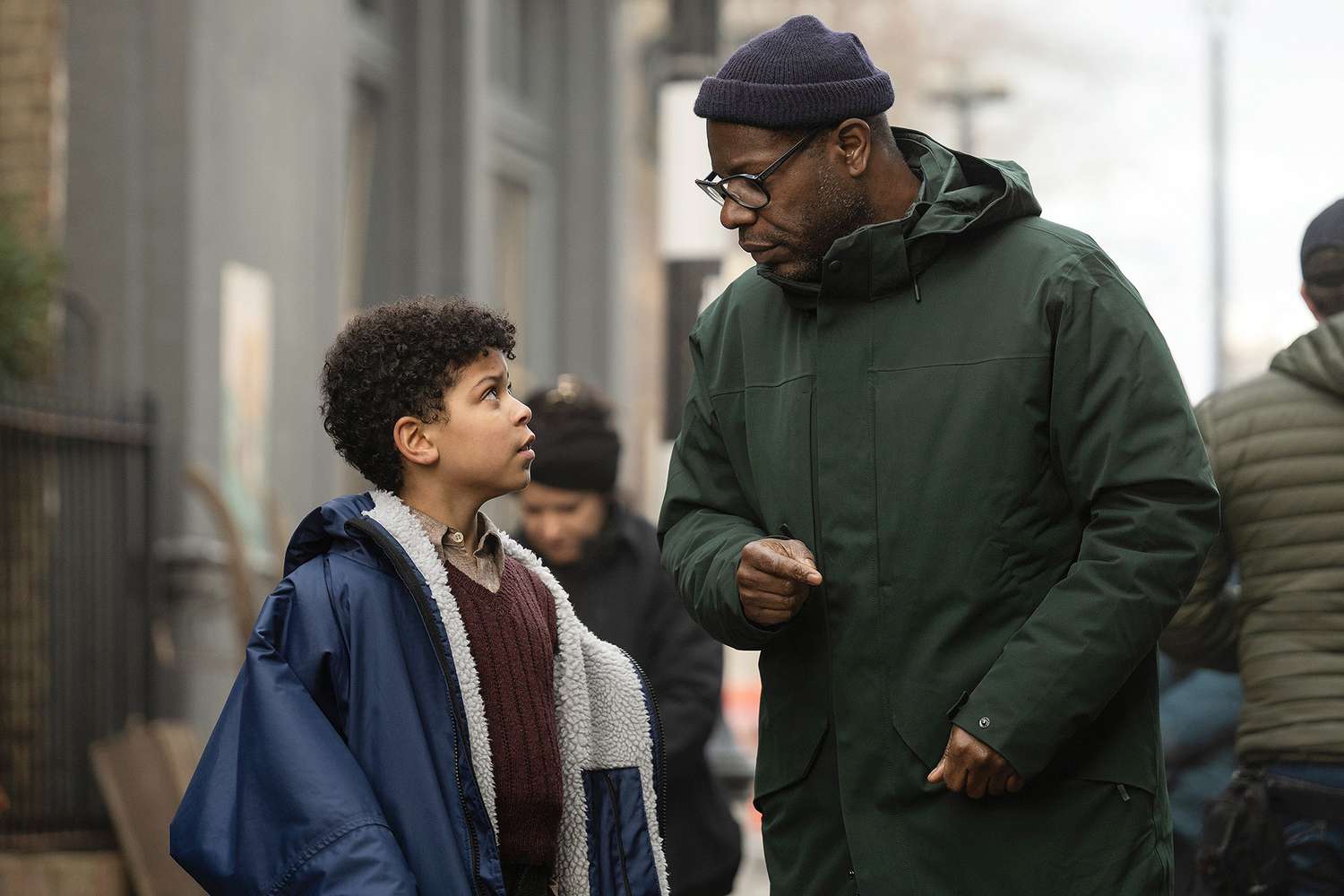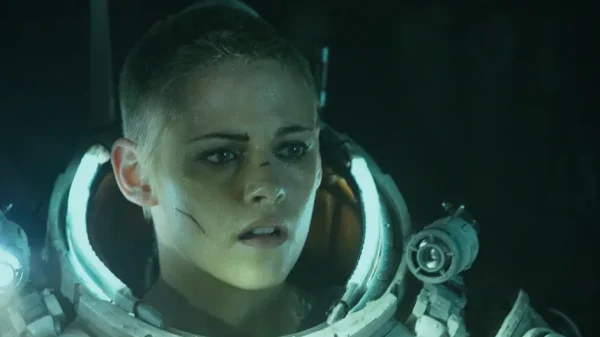Steve McQueen’s Blitz began with a single, unforgettable image. Despite being the most ambitious and large-scale project of the 12 Years a Slave director’s career, the World War II drama was inspired by one intimate photograph that McQueen couldn’t stop thinking about.
“It was a photograph of this boy standing on the railway station, a Black child ready to be evacuated,” McQueen shared.
“That was it, really. This innocent, cute, sweet boy in this very unstable space. And I wanted to know his story and see that world through his eyes.”
The film introduces newcomer Elliott Heffernan as George, a biracial boy going through the chaos of war-torn London while searching for his mother, Rita, played by Saoirse Ronan.
Unlike traditional World War II movies, which often focus on white, male perspectives, Blitz shifts the lens to highlight the women, immigrants, and people of color who sustained British society during the war.
McQueen discussed his creative process, casting choices, and efforts to authentically portray wartime London in an interview.
STEVE MCQUEEN: The idea has been with me for a long time. I was a war artist in 2003, in a war zone, and that experience stayed with me.
But I’ve also been curious about the Blitz as a foundational element of British identity. The “Blitz spirit” is so tied to how we see ourselves as a nation, and I wanted to unpack that. At the same time, I wanted to view this historical moment through a child’s eyes.
During our research, we discovered that while people were fighting the Nazis, they were also fighting internal battles—against one another. That tension persists today.
For George, this journey of discovery reflects larger questions about our humanity: “What are we doing?” The urgency of those questions feels even greater now because, sadly, the world is on fire.
Casting and Personal Connections
How did personal family experiences shape the film?
The first conversation I had with Saoirse was deeply moving. She spoke about her bond with her mother and how close they are.
That struck me because I had a very different relationship with my own mother, who was always an authority figure. Saoirse drew on that close relationship with her mom to shape her role as Rita, and the connection she built with Elliott felt incredibly real.
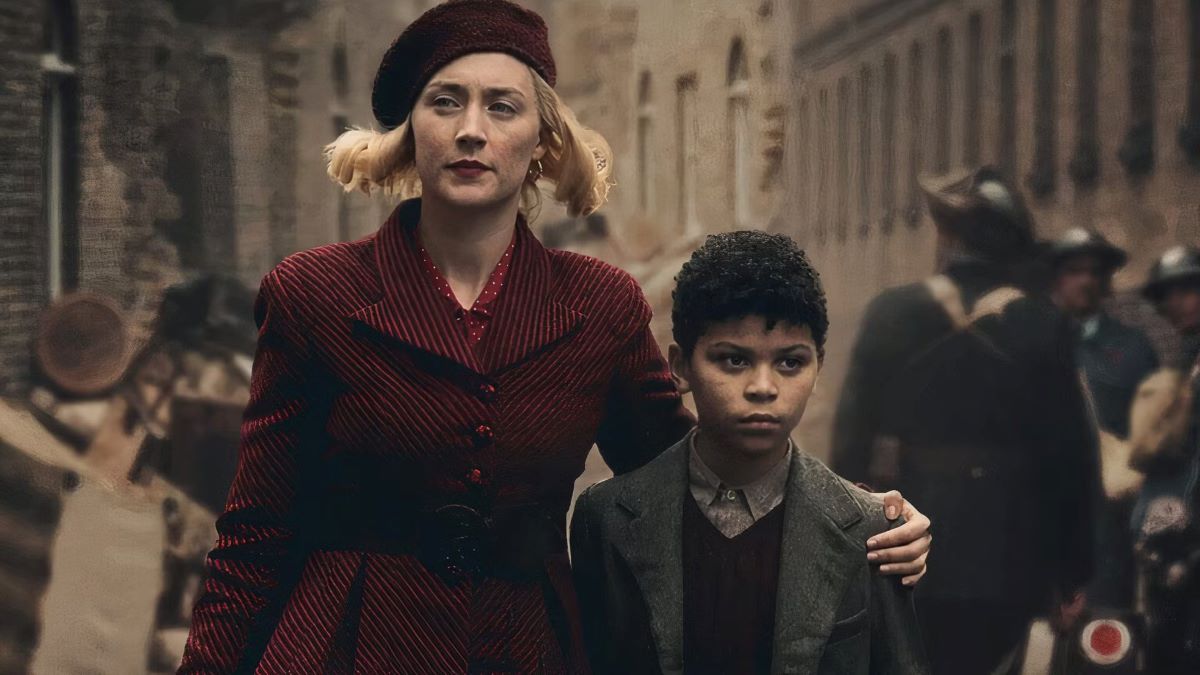
Blitz Movie Visuals (Photo: Apple TV+)
How did you find Elliott for the role of George?
Casting George was daunting. You write the script, then face the challenge of finding a child who embodies him. We cast a wide net, and when Elliott’s tape came in, it was immediately clear.
There was a stillness in his eyes, a quiet intensity. He had a presence that reminded me of a powerful photograph—you keep returning to it, trying to understand it.
Elliott brought that quality to the screen. There’s a maturity in him, but also an innate empathy that draws you in. He has the kind of silent movie star charisma that makes you want to know his story.
Recreating Wartime London
How did the costumes and production design contribute to the film?
Working with Adam Stockhausen on production design and Jacqueline Durran on costume design was incredible. I wanted depth and authenticity in the sets—no green screens. Adam brought that to life, whether it was the Café de Paris or a flooded tube station.
Jacqueline’s work with textiles was extraordinary. The clothes tell their own stories, reflecting the choices people made even in the middle of war. Her attention to detail—tweeds, fabrics—immerses you in 1940s London.
A Different Perspective on War
Did you see this film as a response to other depictions of World War II?
Not really. I don’t start with other films as reference points. I’m much more interested in real life. Our research allowed us to build a rich, detailed world.
What sets Blitz apart is its focus on the women and multicultural communities who held the country together. Women were evacuating their children, caring for elderly parents, and working in factories.
They were the emotional and physical backbone of the nation, yet their stories have rarely been told on screen.
The film also captures the multiculturalism of London at the time, which often gets overlooked. Figures like Mickey Davies, along with the diverse communities that sustained the city, are central to this story.
The images and narratives in Blitz are ones that haven’t been seen in cinema before. This isn’t just men in khakis fighting abroad—it’s about the everyday people who endured incredible hardships to keep society functioning.
The emotional weight, the physical labor, the resilience—it’s extraordinary. Blitz is now playing in select theaters and streaming on Apple TV+.

